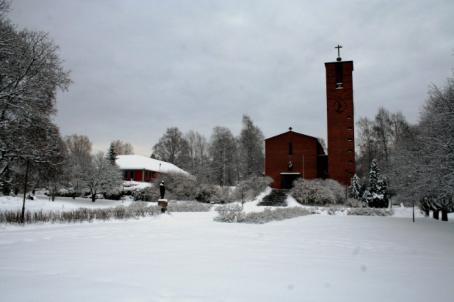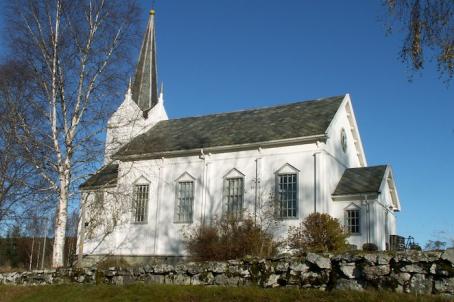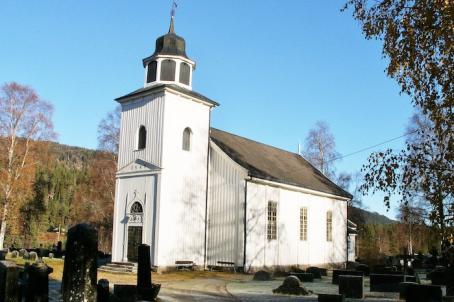Heddal Stave Church

The Stave Church of Heddal was built in the first half of the 13th century. This church played an important role in the description and preservation of Norwegian stave churches. It was restored successively in the 19th and 20th centuries.
About this building
If we are to trust the legend; the church was built in three days by five local farmers, helped by a troll. The story is an apparent variant of the legend of Finn, a Scandinavian medieval tale having for the main character a malicious Troll named Finn.
More tangible (written) sources, however, appear in the 14th century and indicate that the church was built in the former century, a theory confirmed by later dendrochronology tests.
After the Reformation in the 16th century, the church was in a poor condition and was partially rebuilt in the 17th century, especially the interiors.
In the first half of the 19th century and the rise of romanticism, the old building was widely considered a source of inspiration, reflecting a glorious and idealised past. This interest is also fuelled by the size of the building: 20 metres wide and a height of 26 metres (the largest stave church that remains today). Thus, the building became notorious, as well as its ruinous condition. It was restored in 1850-1851, and later in the 1950s.





